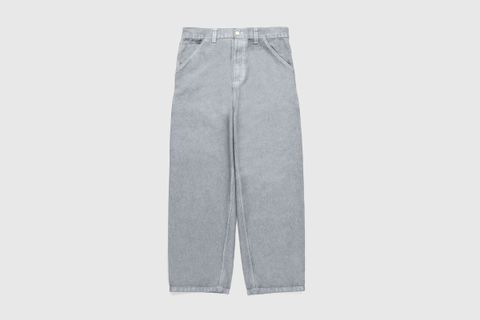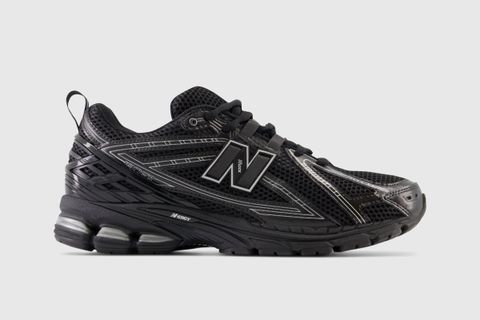Attention, Men: Hitting Yourself in the Face Won’t Turn You Into a Chad
TikTok tells us to do a lot of things in the name of beauty. A few examples: Reshape your teeth using a nail file; swap makeup primer for personal lubricant; slather yourself in beer before sitting out to tan. It doesn’t take much to figure out that these trends are ill-advised — but none of them are quite as glaringly unwise as “bonesmashing,” a practice encouraging TikTokers to hit themselves in the face in pursuit of a squarer jaw and sharper cheekbones.
It’s not entirely clear whether TikTokers are actively bonesmashing, or just posting about the extreme beauty “hack” for likes and comments (one video of a strong-jawed man suggesting he owes his face to bonesmashing has racked up nearly 2 million views). But trace the origins of the practice, and it’s clear some people take it pretty seriously. Before infiltrating TikTok, bonesmashing originated on forums popular among incels (you know, “involuntarily celibate” men who blame women for their inability to form romantic and sexual relationships). Search bonesmashing on TikTok and you’ll come across a range of content. Some videos poke fun at the practice and incels at large, but others seem to more earnestly promote bonesmashing as a form of “looksmaxxing” — in incel speak, this means optimizing one’s appearance via anything from diet and exercise to plastic surgery and penis stretching. The end goal is always the same: to become a Chad, shorthand for a standard of male beauty defined by traditionally masculine features like a strong jawline, almond-shaped eyes, and dark, thick eyebrows. (Take a look at the models Jordan Barrett and David Gandy, paragons of Chad-dom in incel-world.)
So how did bonesmashing become part of the looksmaxxing conversation? Proponents back the practice by taking existing science — namely Wolff’s law, the idea that bones will remodel in response to stress — and running with it. “[Wolff’s law] is an adaptive process that can happen naturally over time,” says Linda Lee, board-certified plastic surgeon and associate chief of plastic surgery at Atrius Health. “For example, in professional athletes who repeatedly place stress or weight on their bones during training, bones can become stronger.” On the flip side, people who are “sedentary and very thin” (meaning they don’t carry much weight on their bones) are at a higher risk of developing osteoporosis.
“In theory, repeated microtraumas can lead to bone growth,” says Jennifer Levine, a board-certified plastic surgeon in New York City. Following this rhetoric: If you hit yourself in the jaw or chin to create microfractures, these areas will become larger and more prominent, resulting in a chiseled face. Right?
Wrong. “Wolff's Law primarily pertains to weight-bearing bones and long bones, such as those in the legs and arms,” says Peter Lee, board-certified plastic surgeon and founder of WAVE Plastic Surgery. “Facial bones are delicate and are not designed to bear weight or handle significant trauma like the long bones in the legs or the spine. Subjecting them to impact could result in fractures or other injuries long before any potential beneficial remodeling might take place.”
In fact, bonesmashing can have the opposite of the desired effect. “Bone remodeling is a balance between bone resorption, where old bone is broken down, and bone formation,” Peter Lee says. “Trauma could stimulate resorption more than formation, leading to weakening of the bone rather than strengthening it.”
That’s not the only reason you should put the hammer down. In addition to fracturing, other risks of bonesmashing include scarring, bruising, and damage to blood vessels, nerves, and tissue. “There are some cases of crushed nerve injuries which, unfortunately, are permanent and irreversible,” Linda Lee says. “This can mean permanent asymmetry of your smile or numbness of the face around the cheek and upper lip, which never resolves.”
Suffice to say: bonesmashers (and the bonesmash-curious), beware. There’s simply no science to the art of hitting yourself in the face.


